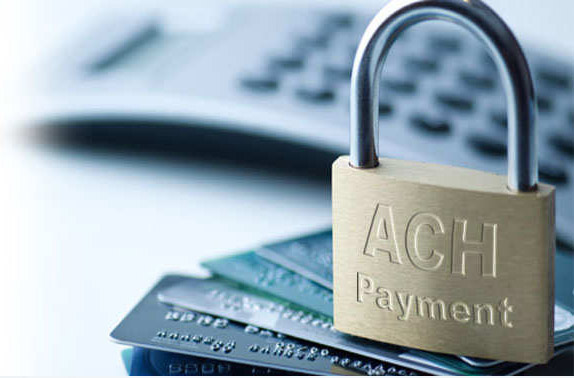ACH Payment Processing: What It Is & How It Works?
ACH payment processing is a type of electronic funds transfer (EFT) that allows businesses to send and receive payments through the Automated Clearing House network. ACH payments are typically used for recurring bill payments, direct deposit of payroll, and other types of business-to-business (B2B) or business-to-consumer (B2C) payments.
How ACH Payment Processing Works?
ACH payment processing works by creating an electronic batch file of all the payments to be processed, and then submitting that file to the ACH network for clearing. The ACH network then debits the accounts of the payers and credits the accounts of the payees, typically within one to two business days.
ACH payment processing is a convenient and cost-effective way to process payments, and it’s becoming increasingly popular as more businesses move away from paper checks and manual payment processing methods. If you’re considering using ACH payment processing for your business, here’s what you need to know about how it works.
Types of ACH Payments
There are two types of ACH payments: direct deposit and direct payment.
With direct deposit, businesses can send payments to their employees’ bank accounts electronically. This is a popular way to pay employees, as it’s more efficient than issuing paper checks and it allows employees to access their funds more quickly. Direct deposit can also be used to pay contractors, vendors, and other business partners.
With direct payment, businesses can send payments to their customers’ bank accounts electronically. This is a convenient way to pay bills, as it eliminates the need for paper checks and allows customers to access their funds more quickly. Direct payment can also be used to collect payments from customers, such as for subscription services or online invoicing.
How to Set Up ACH Payment Processing?
If you’re interested in using ACH payment processing for your business, you’ll need to set up an account with a bank or other financial institution that offers ACH payment services. Once you have an account set up, you’ll need to provide the following information to your bank or financial institution:
- Your business’s name, address, and contact information
- The names of the account holders (employees, contractors, vendors, etc.)
- The account numbers and routing numbers for the bank accounts you’ll be using for ACH payments
Once you have an account set up and you have the necessary information, you’ll be able to start processing ACH payments.
ACH Payment Processing Fees
There are typically two types of fees associated with ACH payment processing: transactional fees and monthly fees.
Transactional fees are charged per transaction, and they vary depending on the bank or financial institution you use. Monthly fees are typically charged by the ACH network provider, and they usually depend on the volume of transactions processed.
To get an idea of what you might expect to pay in fees, we’ve compiled a list of ACH payment processing fees from a few major banks and financial institutions:
Bank of America: $0.50 per transaction
Wells Fargo: $0.40 per transaction
Chase: $0.25-$0.35 per transaction
Citibank: $0.15-$0.30 per transaction
Note that these are just a few examples, and fees will vary depending on the bank or financial institution you use. Be sure to check with your bank or financial institution for their specific fees.
ACH Payment Processing Limits
There are limits on the amount of money that can be sent through ACH payments. These limits are set by the NACHA (National Automated Clearing House Association), which is the governing body for the ACH network.
The current limit for ACH payments is $25,000 per transaction. However, there are no limits on the number of transactions that can be processed per day.
ACH payment processing is a convenient and affordable way to send and receive payments. If you’re considering using ACH payments for your business, be sure to check with your bank or financial institution to see if they offer ACH payment services.











